How the Chinese Super League B team will be relegated and relegated in the second division needs to be clarified, and the U21 league is considering merging with the U19 Chinese Youth League?
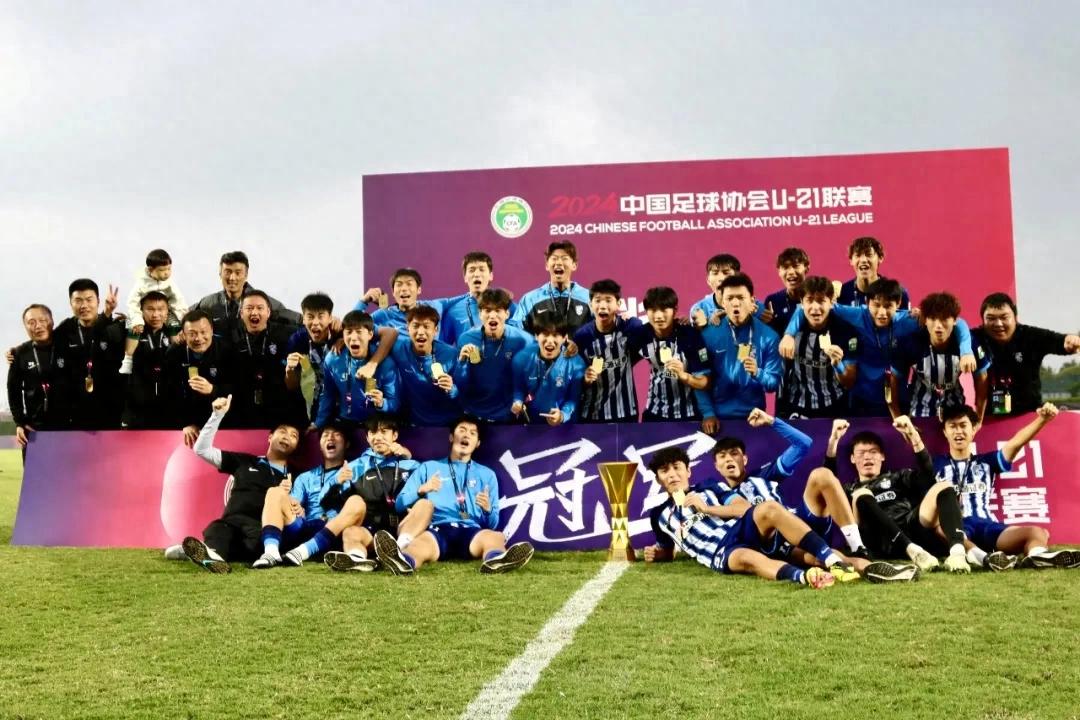
Reporter Chen Yong reports On December 11, with the end of the U21 League, all competitions in the 2024 season of Chinese football have come to an end. In the U21 League, Wuhan Three Towns won the championship and Chengdu Rongcheng finished runners-up, and they also qualified for the 2025 season of the Second League. As a result, next season's China Second League will have 4 Chinese Super League B teams, namely Shandong Taishan, Shanghai Port, Wuhan Three Towns and Chengdu Rongcheng. In the 2024 season, among the 20 teams participating in the China Second League, Shandong Taishan B team with an average age of 19 years old won the sixth place, and Shanghai Port B team won the ninth place.
There is no doubt about the value of Team B's participation in the Chinese Super League, and with the increase in the number of Super League B teams, the connection system between the U21 League and the Super League B team, as well as the reform of the U21 League, are naturally on the agenda.

In the 2024 season, Shandong Taishan B team performed well, the team with an average age of only 19 years old made it to the championship group of the second division in their first professional league appearance and finished sixth in the second division, you know, they also lost a lot of points in the early league due to lack of experience. In the final stage of the division round and the championship group, Shandong Taishan B team has won 4 consecutive wins and 3 consecutive victories respectively.
Every Taishan youngster has grown tremendously and comprehensively, including the national youth team. In the "Silk Road Huashan Cup" Weinan Four Nations Tournament, Liu Qiwei, Shi Songchen, Peng Xiao, Yu Sufu and Chen Zeshi of Taishan B team started 5 people and helped the national youth defeat the South Korean national youth 2-0, when the core of the midfield of Taishan B team Yi Mulan had not yet played. During the "Panda Cup", Liu Qiwei, Shi Songchen, Peng Xiao, Yi Mulan and Chen Zeshi formed the most stable midfield combination of the national youth.
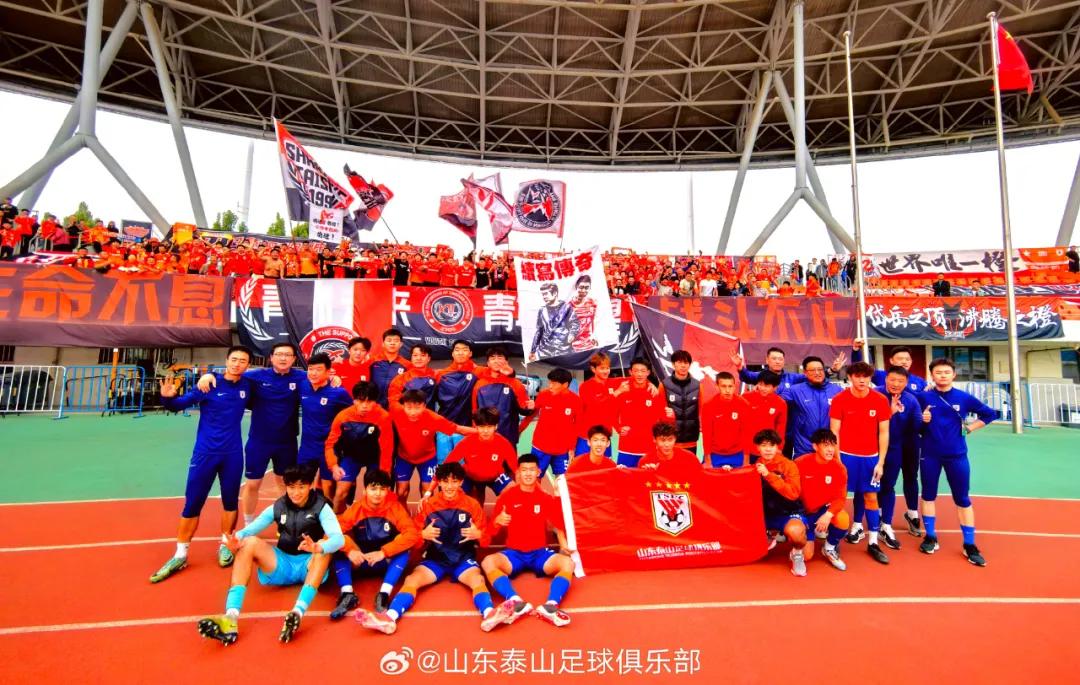
But in the 2024 season, one of the problems faced by the young players of Taishan is:There is no flow between the first team and the B team, the only mobile window is the secondary transfer window, the young men who sign up for the B team are actually not a big problem, they can concentrate on the second team, but the young players who sign up for the first team cannot compete for positions in the first team, and they can't play in the B team, there is almost no ball to play, and valuable time is wasted.For this reason, the Taishan team had to sign up for a number of U17 players in the first team during the second transfer window, because the young players of the first team are not restricted from participating in the Chinese Youth League and the U series league.
At the Chinese Super League meeting held on December 11, a new registration policy is being designed: in the 2025 season, the list of the first team of the Chinese Super League will be divided into A list and B list, A list is unlimited local players and foreign aid, with an initial set of 27 people; The B squad is for Under-21 players and is initially set at 8 players. It should be noted that the number of U21 players in the B list is 3 to 4 for non-local training and 4 to 5 for local training. Players on the B list have unlimited access to the first team and the B team.
If this policy is finally implemented, it will solve the problem of the participation of young players in the first team of the Chinese Super League, as well as the problem of the upward channel of young players in the B team of the Chinese Super League.
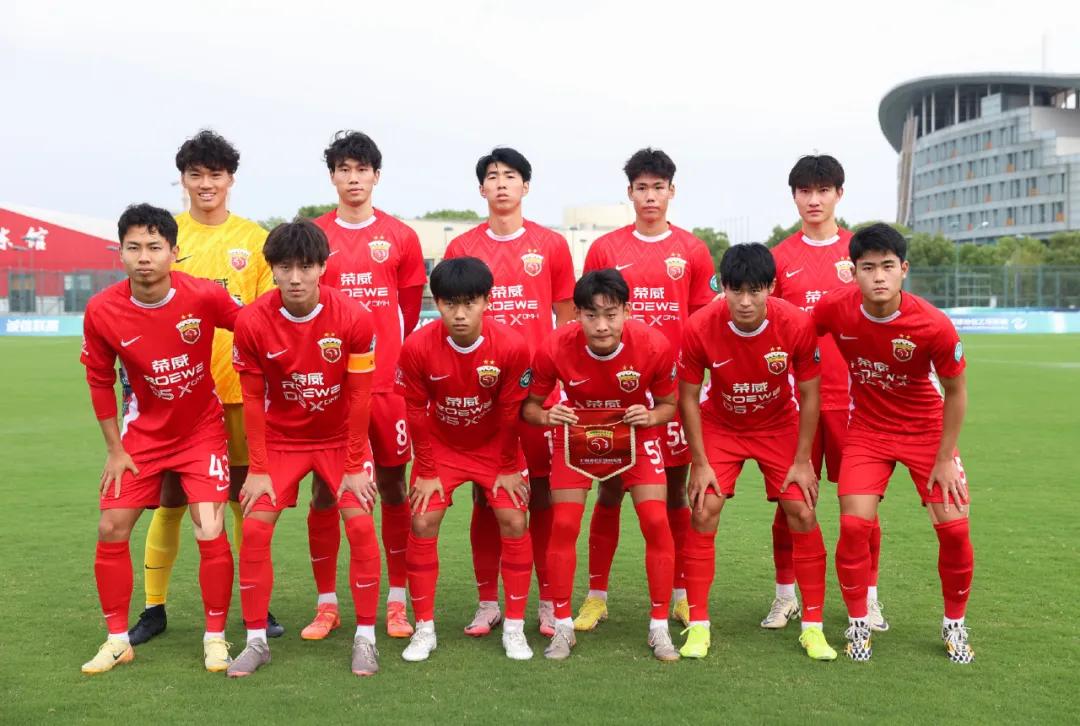

The participation of two Super League B teams in the 2024 season is actually a pilot, but with two Super League B teams entering the China B League for two consecutive seasons, this pilot also needs to further establish the relevant system.
First of all, the size of the Super League B team in the second division. In the 2025 season, the size of the second league is 24, and the number of Super League B teams is 4, accounting for 1/6, which is relatively low and appropriate. As for the scale of the Chinese Super League B team in the future in China B, several conditions are important references: first, the scale of China B, if China B continues to expand, the Super League B team can naturally increase; Second, the performance of the Super League B team, if the Super League B team performs very well, such as all in the upper middle and upper reaches or even all into the championship group, it naturally means that the B team can increase the number, but if there is a Super League B team into the natural relegation zone, it is naturally not suitable to increase the number of Super League B teams.
Secondly, whether or not to enter the Chinese League is also a hot topic among fans, and compared with the scale of the Chinese Second League, this topic is more likely to trigger the opposition of the Chinese Second League, because it means that the Chinese Super League B team and the Chinese B club have formed a direct competition on the issue of the Chinese Super League, which in turn affects the interests of professional clubs.
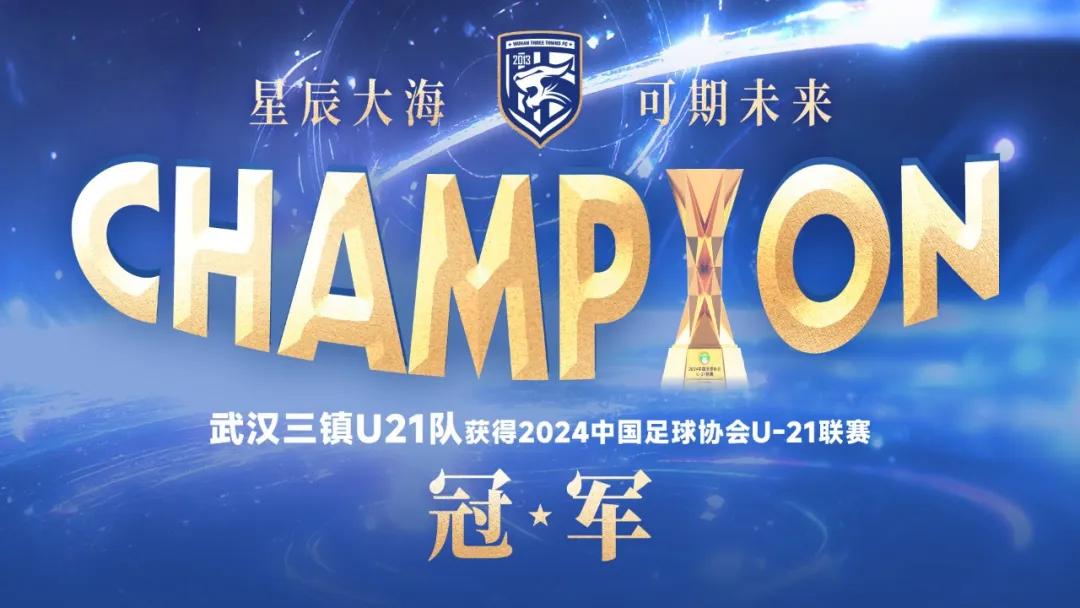
There is no need to discuss this topic at least at the end of this season, and a number of preconditions are also needed to discuss it in the future: first, the overall business operation of the Chinese League A and the Chinese League B has been comprehensively improved, and the economic interests of the club have been more protected. Second, the two leagues of the Chinese League A and the Chinese Second Division have been comprehensively improved at the economic level and the competitive level, and at the same time, the Chinese League has been expanded; Third, the Super League B team has shown strong competitiveness in the Chinese Super League B, and can obtain greater exercise value to the Chinese Super League platform, for example, in the future, the Chinese Super League B team has "obtained" the theoretical promotion quota and other Chinese Super League B teams have generally performed well.
Third, and the most urgent system at present, how to determine the relegation and relegation of the U21 League and the Super League B team. Because the Chinese Super League B team comes from the U21 League, the easiest way is for the U21 League and the Chinese Super League B team to establish a direct relegation relationship, which has nothing to do with the relegation from the Champions League to the Chinese Super League B. The significance of the Super League B team is to exercise, so the relegation of the U21 League and the Super League B team can be more demanding, and it is relatively feasible to promote one or drop one, and the future will reach 6 places, which can be changed to 1.5 relegation places.
Finally, we need to explain that the system of the Chinese Super League B team must have a development vision, for example, if the professional league recovers its health and competitiveness, the Chinese Super League B team can also be connected with the Chinese championship in the future, so that there will be at least two relegation and relegation relationships. In addition, with the development of the Super League B team, the relevant league regulations also need to be amended, and after the pilot, they must also be improved at the level of rules and "procedural justice".
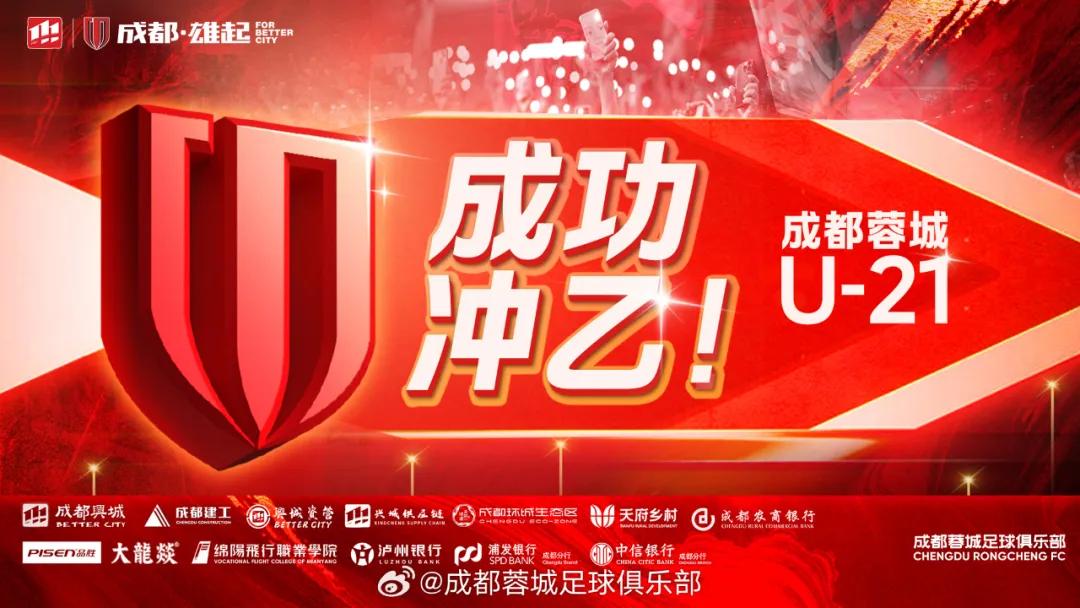

In the 2024 U21 League, the top three teams Wuhan Three Towns, Chengdu Rongcheng and Shanghai Shenhua are far ahead, the third place Shanghai Shenhua is as high as 8 points ahead of the fourth place Zhejiang, and the fifth place Meizhou Hakka is as high as 16 points. After the B teams of Shandong Taishan, Shanghai Port, Wuhan Three Towns and Chengdu Rongcheng enter the second division, the quality of competition in the U21 league will naturally decline or even decline significantly.
This season, after many interviews and research, it was found that it is necessary to implement a plan for the restructuring of the U21 league, which is to merge the U21 league and the U19 youth league into the U20 league (3 to 5 U21/U23 players can participate). There are four reasons for this conclusion:First, there are not many 21-year-old players in the current Under-21 league; Second, some clubs, the U21 and U19 teams, are completely the same team, and more clubs, the U21 and U19 teams, share most of the U19 players; Third, the merger of echelons can reduce the burden on clubs; Fourth, the merged U20 League, because of more adequate funding, will be able to build a high-quality league that includes weekend weekly home and away games, two-level promotion and relegation systems.
Reality is the basis of reform, taking this season's U21 league as an example, a total of 245 players from 12 teams in the 19th round have signed up, and the distribution of young players is as follows: there are only 56 players aged 21 and above, accounting for only 22.9%, except for Chengdu Rongcheng, the other 11 teams have 6 players and below; There are as many as 96 20-year-old players, accounting for 39.2%, and 8 teams have 8 or more 20-year-old players; There are as many as 87 players between the ages of 18 and 19, accounting for 35.5%, and 8 teams have 7 or more players between the ages of 18 and 19; There are 6 players aged 17 and under, accounting for 2.4%, and players in this age group are currently negligible.

This is actually the first two reasons mentioned above, that is, there are not many U21 players in the U21 League, many teams share 18 and 19-year-old players to participate in the U21 League and U19 Youth League respectively, and many U21 team players are recruited on a temporary basis, the purpose is to play U21 games, not to reserve for the first team. This season, Qingdao Manatee U21 reached the finals, but they eventually gave up because their U21 team and U19 team are actually the same team and want to participate in the U19 Youth Championship. This season's U21 league has set up two stages, the knockout stage and the final, and the reason why the knockout stage is also set up is because the U21 teams of some clubs are completely patchwork and lack combat effectiveness.
From the perspective of talent development, at the age of 18 and beyond, there are only two or three players available for a single-age first team, and setting up two teams to participate in two tournaments is actually to participate in the competition, rather than to develop players in the real sense. In Europe and the United States, the maximum age for youth teams in many countries is also U20 or U19.
After the merger of the U21 League and the U19 League into the U20 League, the relevant system suggestions are as follows (only the suggestions after the reporter's initial interview and discussion, for reference only):
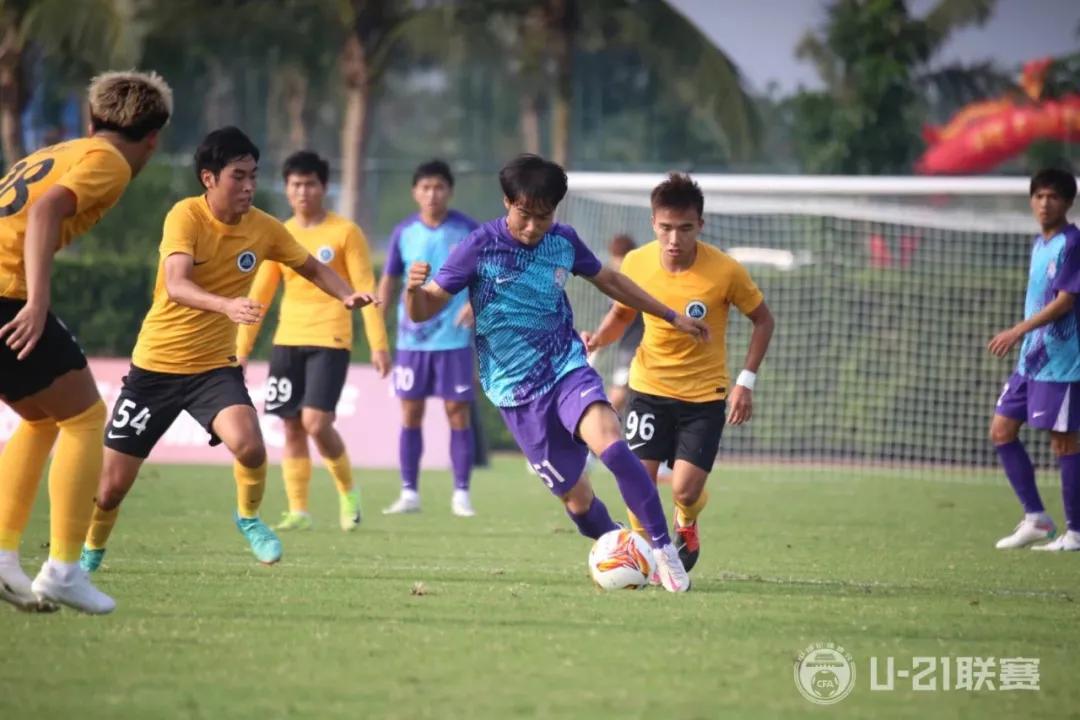
The name of the event U20 League & China Youth Football League Men's U20 Group, referred to as U20 League; Organizer: Chinese Football Federation; Financial support: Chinese Football Federation and Chinese Football Association.
Age group For players between the ages of 16 and 20, each team is allowed to have 3 U21 players, or 2 U23 players can be added.
Participating Teams Chinese Super League and Chinese League A clubs are compulsorily involved; The second club can take the initiative to participate, and colleges and universities can apply for the competition if they meet the corresponding standards; A professional club allows two teams to compete, for example, the U20 team participates and the U17 team skips the relegation, but it is necessary to ensure that the team participates in the U17 Youth League and the U17 League.
Tournament connection The U20 League and the Chinese Super League B team will be relegated and relegated, and the Chinese Super League and the Chinese Super League Club B team will be eligible for promotion to the second division.
Related formats In the past two years, it has been a regional home and away (some teams can adopt the competition system) + national finals & qualifying, and after the future is stable, a two-level competition system will be established: U20 First Division League and U20 Second Division. Implement the "U21 B - U20 A - Zhong B" or "U20 B - U20 A - Zhong Guan - Zhong B" mode". U20 First Division 12 to 16 teams, full home and away league, U20 Second Division 16 teams and above, zonal home and away/conference system + national competition.
Reward system The U20 league attracts investment separately and gives sufficient financial support, in addition to the normal competition funds, there are two ways to allocate funds: first, the normal financial support of each team, this cost is the same for all participating teams; Second, the competition sets up graded bonuses to motivate the enthusiasm of each team, and the higher the bonus, the better. A more systematic approach is to use 10% of the total amount as the youth training dividend in the dividends of the third-level leagues, and the club echelon results as the main criterion combined with other hard indicators to implement graded dividends.



Wonderfulshortvideo
User PlaymakerHub has posted a video.








 Links
Links
 Contact
Contact
 App
App


